Compared to Gozo, Malta seems like a massive expanse. Housing most of Malta’s main sights, the capital is called Valletta and located south-centrally on its upper shore. However, there is much to see in many other parts of the island, so do not limit one’s whole visit to just this main touristic centre. It will get old, real quick.

Valletta
To arrive in Valletta (and travel in general on the island), I recommend using the well connected bus system: Tallinja. Complete with its own app that maps routes from either vicinity or set destinations, the public transport system is rather robust with reliable wifi onboard and frequent pick-ups and drop-offs depending on the route. However, many locals complain about long wait times and fussy drivers, so do not be surprised if it takes a little longer than expected and there is not much chitchat upon entry.

(Photo credits by PintsizedPioneer)
One can request a travel card (to not pay a few euros on the bus) ahead of one’s arrival to the island, which will save time and money depending on the type of card and how many rides/days it includes. For such a short stay, I did not bother and only used the main island buses really for two days.
However, for people staying at least a week or with multiple people in tow, these ride cards might be a smart choice to purchase beforehand.

While some tourists elect to book their accommodations here for their stay, I would advise against it. Although, it is certainly a beautiful area with its Baroque style and various medieval bastions, it is crowded as a result of its walls. Not to mention, again, it is more expensive than other areas of Malta proper.
Enjoy, but briefly.

Valletta houses various museums and galleries that one can enjoy and also the majority of government and important consulate buildings. The National Museum of Archeology is a big draw – Malta was inhabited from at least the 4th millennium BCE – or alternatively, randomly, one can take in the Maltese Postal Museum – yes, you heard me correctly. If you are a stamp nut, on this tiny, isolated rock, this might be the place for you!

To get to and from Valleta, the main bus terminal is most the reliable point of entry and exit. It is located more or less around the iconic Triton’s fountain outside the city’s main walls and gardens. It is a massive operation with buses coming and going every few minutes with screens noting each route. Know which bus is yours ahead of time and keep an eye on your things; it is prime pickpocket territory.

A few of the buses like the one I took to get back to Ħaż-Żebbuġ were located much farther away than expected. Be sure to get acquainted beforehand and do not be afraid to ask for help from the teller at the transit kiosk. It is chaos during rush hour.
Ħaż-Żebbuġ
Located south of Valletta and inland, Ħaż-Żebbuġ (or just Żebbuġ) is one of the oldest towns in Malta. It is a quiet hamlet with its renowned cathedral – the Church of St. Philip of Agira.
This is the area where I stayed with my host. It is highly residential with classic Maltese houses and a relaxed vibe. Like in all small Maltese towns, it has town ‘clubs’ that operate their own HQs (local taverns) and host local feasts for their respective patron saints. In Żebbuġ, the main clubs are St. Philip and St. Joseph. It is typical also that these groups form large rivalries against each other; each wants to out stage the other in its celebrations.
As St. Philip has the church in its name, guess who usually wins?

Staying in Żebbuġ, I was able to learn more about these little cultural kerfuffles that manifest occasionally. It is just as common for the rival town soccer teams to get quite competitive with neighbouring municipalities too. Small places breed (friendly) tension, I suppose.
While there is not too much to do in Żebbeġ, I would recommend staying here if possible with a rental or also possibly in the neighbouring Qormi. Both are quiet, cute towns where the price of food is cheap and one can relax from the general wave of tourists in the larger cities. Qormi is also recognised as the birthplace of the Maltese bread-baking tradition. Do it for the carbs!
One great place to try for lunch or an early dinner in Żebbuġ is Lungo Café. A laidback restaurant on the corner of the main square, it serves a variety of Italo-Maltese dishes as well as traditional foodstuffs as daily specials. It is also quite cheap with reliable service. Be aware that many businesses are not open on Mondays, so do not go there expecting a delicious ftira (traditional Maltese sandwich) and then wind up empty handed … like I did …
Mdina
Unsurprisingly, there is also a Mdina here in Malta just like Marrakesh, Morocco … well, that is because as we learned before, Maltese is a derivation of Siculo-Arabic. And, in Arabic, medina means ‘city’. So, what can one expect from Mdina in Malta?
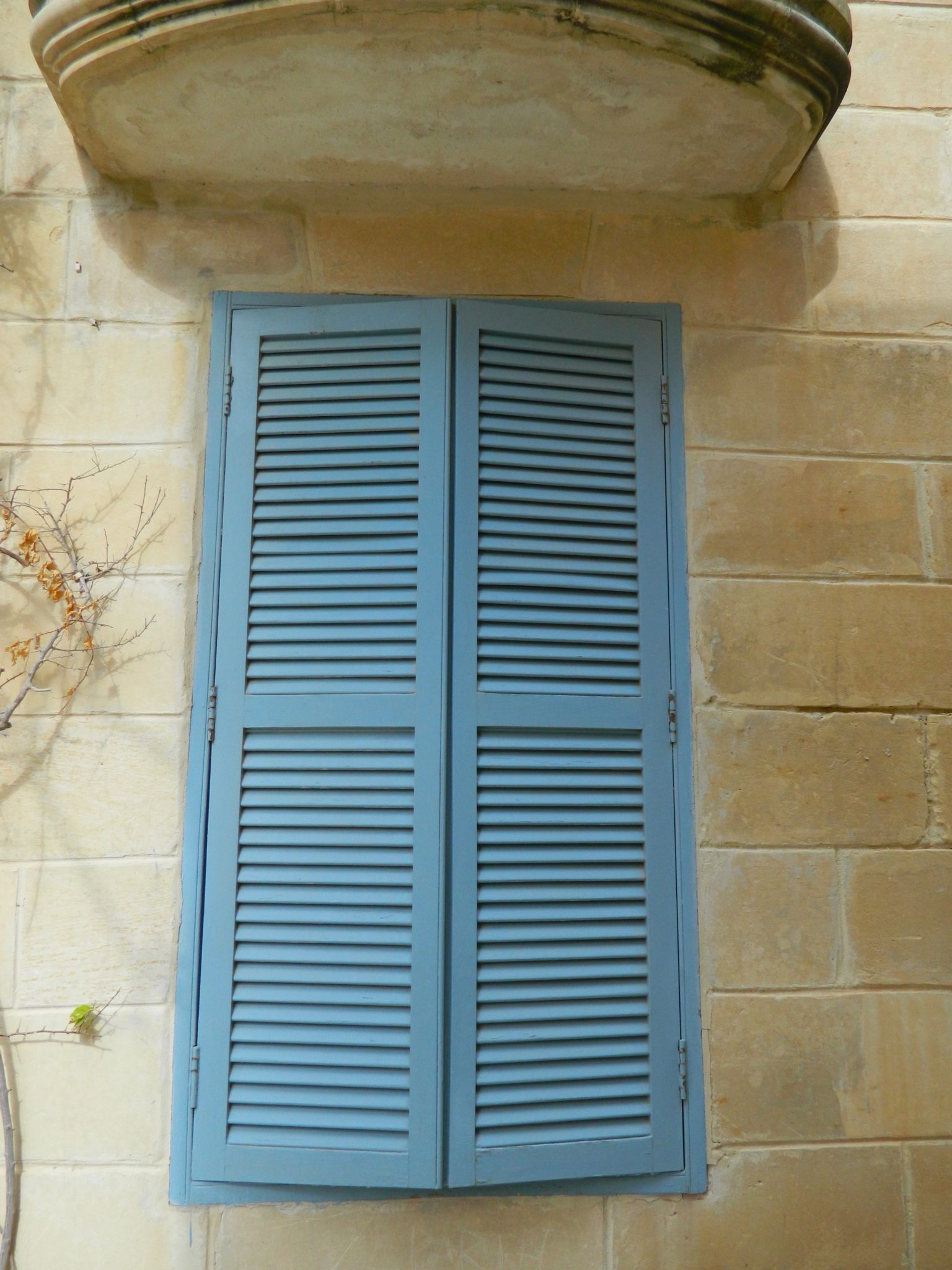
Well, an old fortified city on the top of a hill. Shocker.
Do not let my nonchalance fool you, I did enjoy Mdina. Only 30 minutes or so away from Żebbuġ and Valletta by public transport, Mdina is a central municipality in Malta and also a major tourist draw. Isolated on its hill, Mdina is rich with history. It was founded initially by the Phoenicians, but with each instalment of new rulers, its story grew – the Romans, the Sicilians, the Knights of St. John (Crusaders), and now, tourists like me!
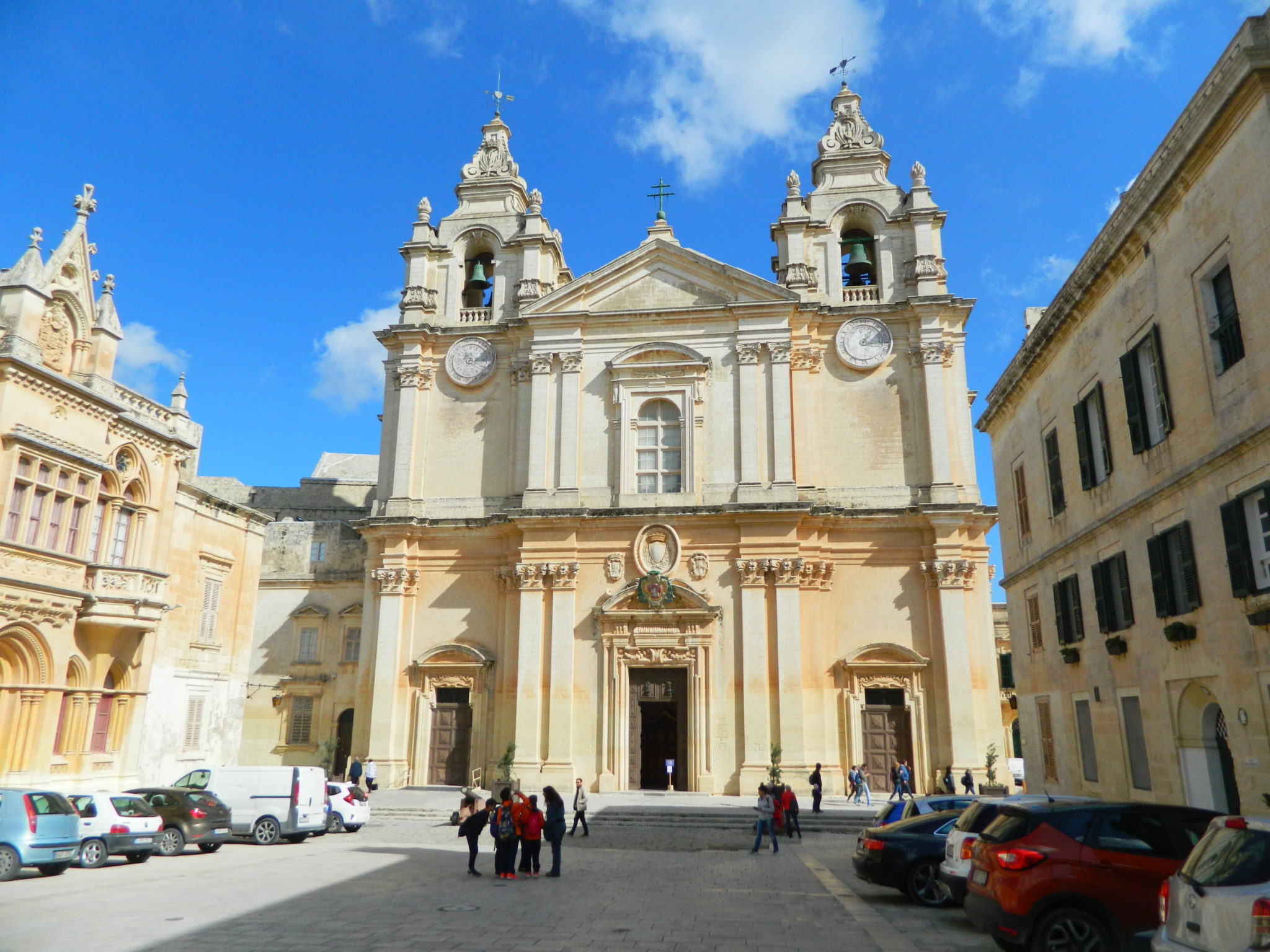
Today, it is known as ‘the Silent City’, as no cars (other than frequent renovators) are allowed inside. For this reason, it remains pristine and walkable for the thousands of tourists that enjoy its various churches, Knight-themed tours, and scenic views.
One will find a mix of visitors of all nationalities, elderly locals taking a stroll through the gardens, and European school groups roaming through the winding stone walls, being weirdly intimidating.
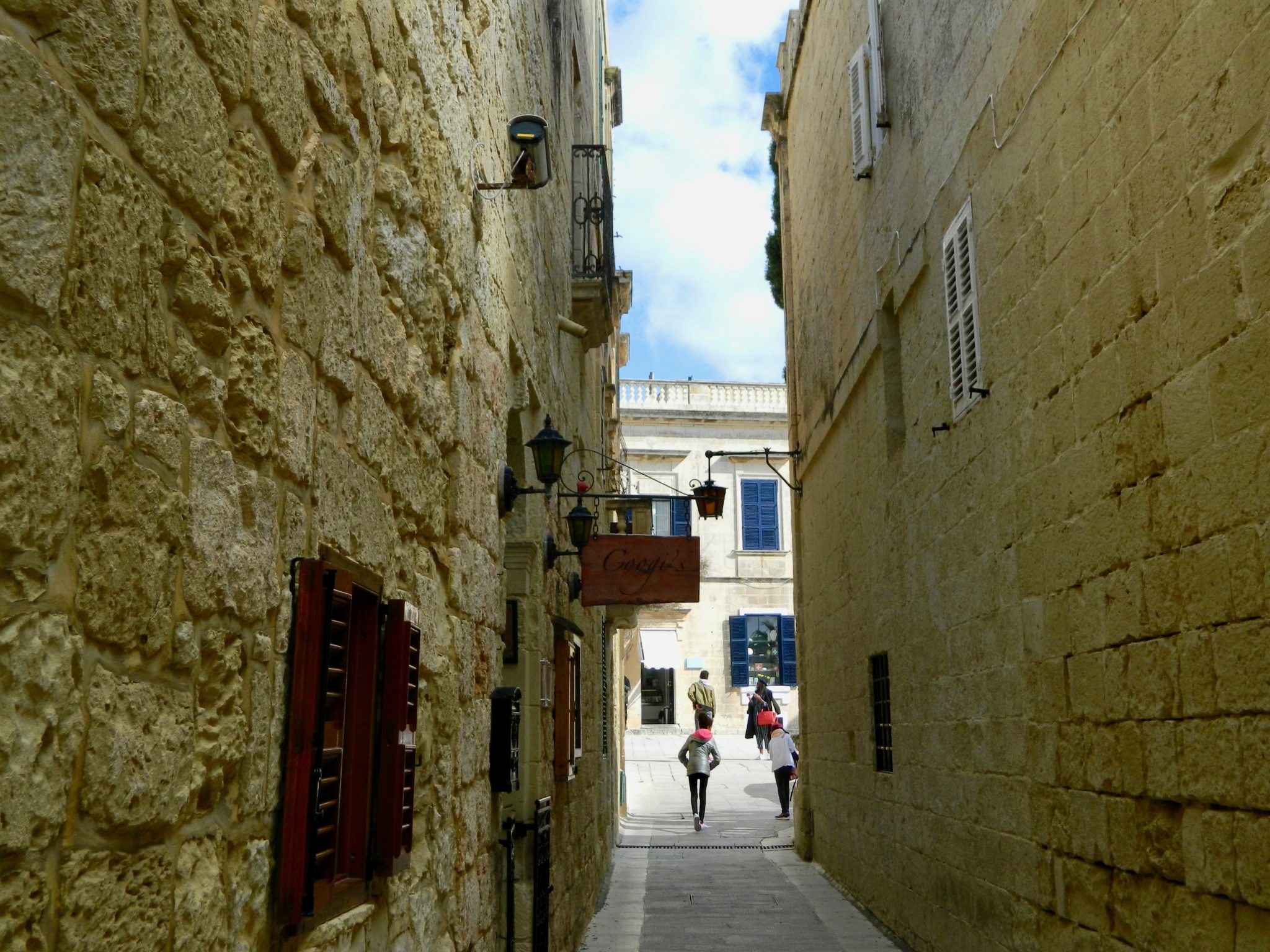
Within the walls, there are many restaurants that one can choose from to dine at. Most are small venues that specialise in dainty fare like cakes and pastries, but one can get a decent-sized meal too. It is slightly more pricey like Valletta, so I would recommend a just snack in the old town — but a real lunch out of it. The gelato is also very popular if one wants to indulge even more!
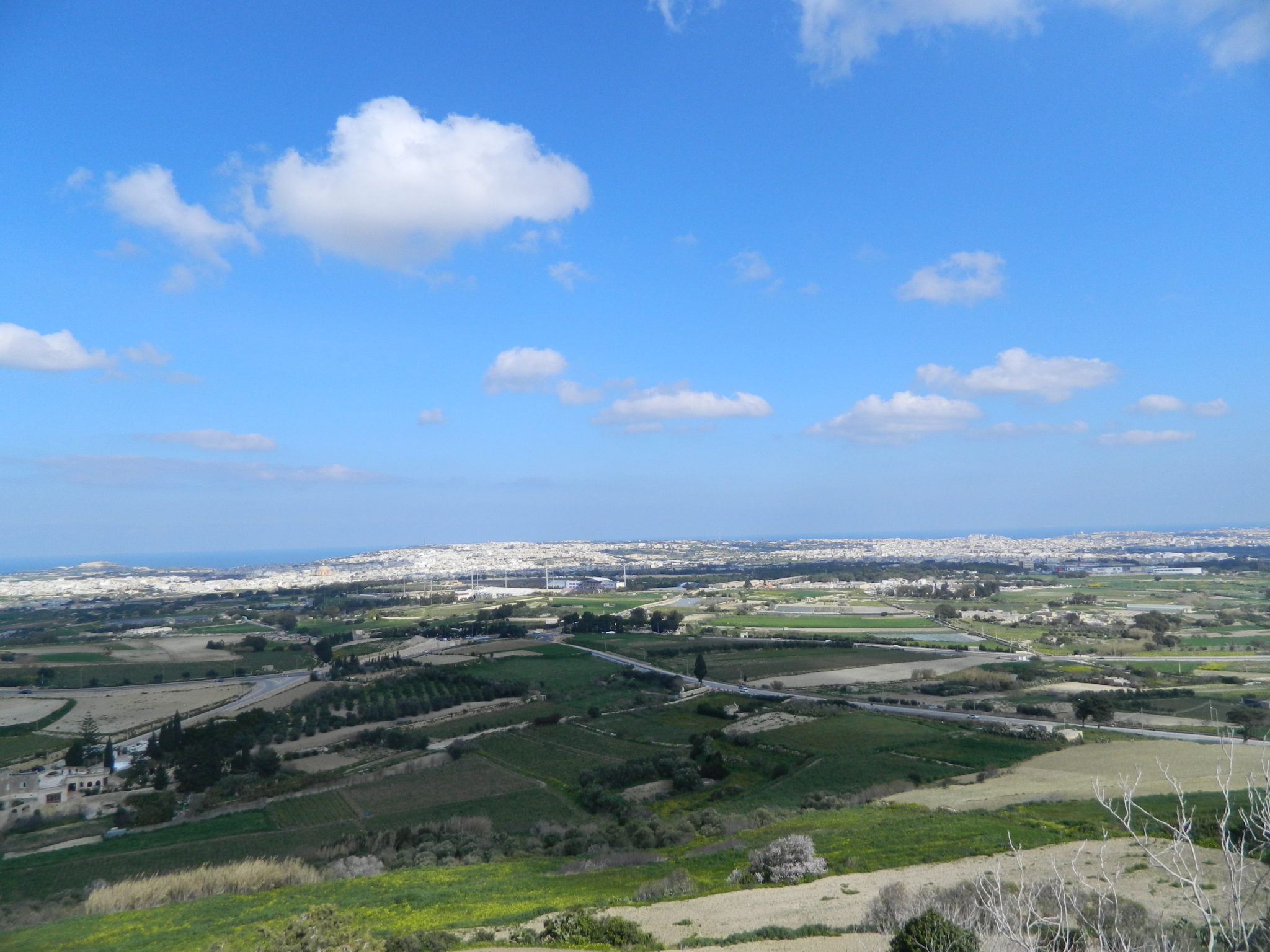
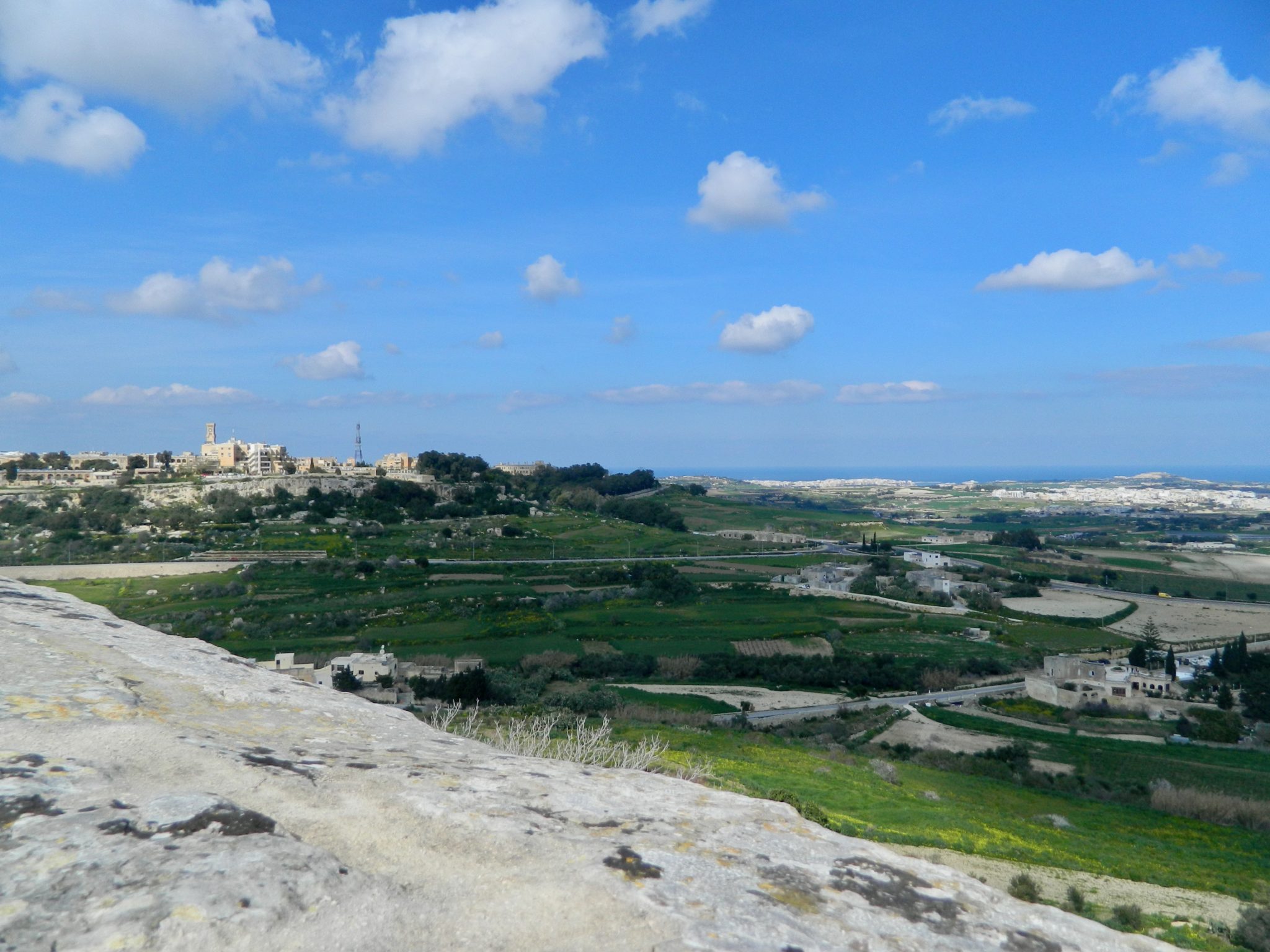
The views from Mdina are as exquisite as they come! Malta’s rural landscape is something I do not think I could tire of ever.

Outside Mdina is the city of Rabat, which blend into each other. When the sunsets, the tourists disperse, and the city quiets down even more so. In this way, I think Malta is quite romantic in general. Its scenery and atmosphere build up this intimate chemistry that people can share. Sigh …
St. Julian’s
The last big tourist destination for anyone on Malta is St. Julian’s. Located close to Valletta, St. Julian’s is the main nightlife district for Malta proper. In the daytime, it has shopping and also a few casinos. At night, it quickly becomes swarmed with tourists and young locals with hedonism on the mind!

Despite its popularity, some of its biggest bars are confined largely to just one main street (Triq Santa Rita) that gets extremely crowded past 12 AM.
The area itself is a lot to take in at once. There are also a large amount of gentlemen’s clubs with workers very adamantly trying to attract men inside. The free drink tickets they hand out are a trap (as one might expect) just to get people inside. Do not fall for it unless you want to buy the women a drink as well. Coupled with the club promoters, you will be handed a lot of slips of paper.
I spent most of my time at Nordic Bar, a nice venue with great drink specials and a decent mix of locals and tourists. There, I met some gay Britons with whom I spent most of the evening. It is a cute place, but for some reason, the power kept going out when we were there. So, there would be no music or lights on a Friday for large enough windows of time for it to be weird …
It was nice evening with this couple until one of them later revealed to me while drunk that he was pretty racist actually, which did not help my night’s development prior to being molested. The main club we danced at was Michelangelo’s. With friendly DJs and free drinks upon entry if you go early enough, it is a classic Mediterranean gay club: cosy, neon, and with a confusing route to the bathroom. I give it a solid two thumbs up.
After a fun night out at St. Julian’s, learn from my experience and 1) try to travel in a group back to your accommodation and 2) be sure to pick up a taxi close to the centre. I tried to be smart and went a little farther up the street to avoid the crowd. In retrospect, that decision isolated me. Despite the rowdy drunken mania that exists by the main street, in some ways, it is better. At least, it is well lit and there is constant traffic with taxis with clear company branding. Get home, safely.

It is a small place, but packed with activities and history to be explored. At this point, I would consider Malta still off the beaten track. It is growing in notoriety, but hopefully will never oversaturate like many other islands with tourism issues. It’s a hearty little rock that has maintained itself through centuries of conquest. Hopefully, it can handle the capitalist tourist onslaught.
Despite its size, I still did not see all that I was hoping to. Especially as a result of the climate, I was not able to enjoy the beach, which is legendary I am told. Guess I will just have to come back sometime …
More to come very soon! I booked an impromptu trip to Valencia, Spain during Santa Semana (Holy Week), which will be interesting and hopefully not too Catholic in that the city shuts down … I don’t expect it to, but I do not want to be the only person going out on Good Friday. It is Good Friday, not boring Friday, eh? Stay tuned for more highlights, pictures, and tips — travel safely and often!
